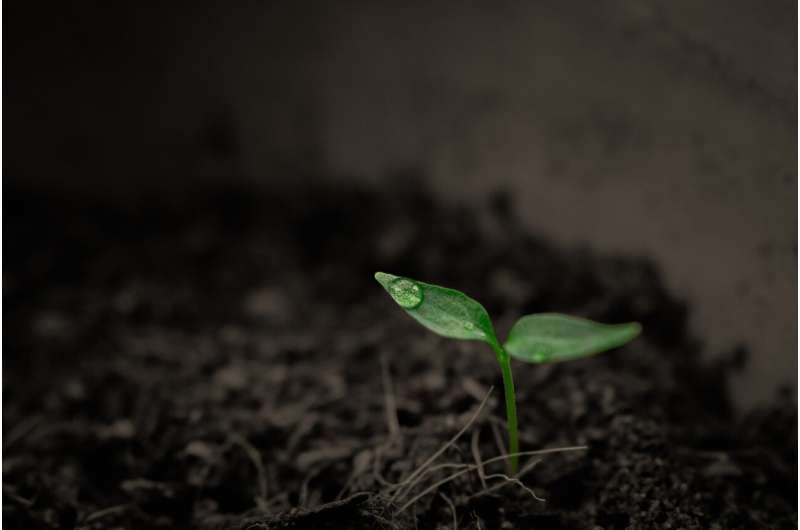How do bacterial communities in black soils respond to conventional and biodegradable microplastics?

Plastic film mulching has been applied globally in various agricultural settings and inevitably disintegrates into microplastics (MPs, which are less than 5 mm in size) due to a series of natural and artificial forces. However, the effects of MPs on the dynamics of soil microbial communities and network patterns are not fully understood.
Recently, a research group led by Wang Guanghua from the Northeast Institute of Geography and Agroecology (IGA) of the Chinese Academy of Sciences (CAS) revealed that addition of conventional and biodegradable MPs significantly shifted soil bacterial community and network structures, which was not only related to the exposure duration of MPs but also MP dosages and types.
The study was published in Journal of Hazardous Materials.
Based on high-throughput sequencing, the researchers revealed that the incubation time was the most dominant factor on disturbing bacterial community structure. "This suggested that MPs might pose a huge potential threat to the security of agricultural production, as they could easily accumulate in the soil, and was predicted to continue to increase in the next few decades," said Wang. Moreover, 1% MP dosage could be identified as the threshold value, over which negatively significant influences on soil bacterial diversity would occur.
Differently, biodegradable MPs caused greater community dissimilarity than that caused by conventional MPs, and the two types of MPs acted as distinct driving forces of species selection. Biodegradable MPs tended to promote the growth of environmentally-friendly, crop-beneficial bacteria, while conventional types enriched the bacterial taxa in contaminated or crop disease-inducing soils.
Moreover, biodegradable MPs provided more nutrients and habitats for microbes as revealed by SEM-EDS analyses, which mitigated both cooperation and competition among microbial communities. Specially, Nitrospira was not only enriched by the two types of MPs but also identified as a keystone species in microbial ecological networks, suggesting that conventional and biodegradable MPs had crucial legacy influences on soil nitrogen cycling.
The study provides new insights into the disturbances caused by conventional and biodegradable MPs on the dynamic patterns of soil bacterial communities, revealing the potential ecological detriments of conventional MPs and the alternatives of biodegradable plastic mulches in agricultural practices.
More information: Xiaojing Hu et al, Succession of soil bacterial communities and network patterns in response to conventional and biodegradable microplastics: A microcosmic study in Mollisol, Journal of Hazardous Materials (2022). DOI: 10.1016/j.jhazmat.2022.129218
Journal information: Journal of Hazardous Materials
Provided by Chinese Academy of Sciences




















